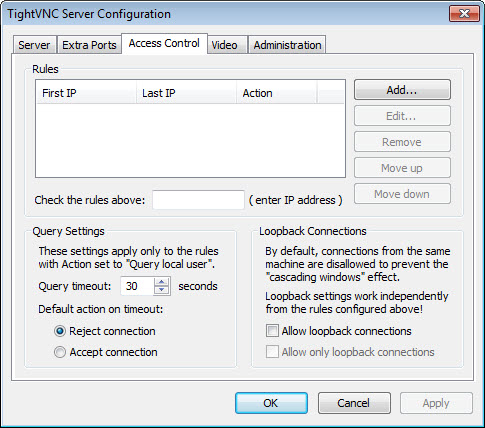

When we connect to the remote server, we want to use a graphical user interface such as GNOME, cinnamon, Xfce, etc. Installing the GNOME desktop environment on the server. In that regard, we install the TigerVNC server component on this server using the following command: $ sudo dnf install tigervnc-server -y We will be installing a VNC server component on a RHEL-based machine - 192.168.100.75 then connecting to this server using a Debian-based client system - 192.168.100.66, where we’ll install the tigervnc client.īefore any installation, we should update and upgrade the repositories and packages currently installed in the system to prevent any issues later: $ sudo dnf check-updateĪs mentioned earlier, we will use TigerVNC. It allows us to control remote computers.įor this installation, we need to be running a RHEL-based Linux OS and have sudo privileges on both systems.

We use TigerVNC - an open-source system for sharing desktops. We demonstrate how to install and configure the VNC client/VNC viewer on a client and VNC server software component on the server and set up the Graphical User Interface in Rocky Linux 8. Using the VNC client, we can perform actions remotely on the server host as if we were right in front of the host monitor.

We access this host using another host with a VNC client software component, also referred to as a VNC viewer. VNC applications include TeamViewer, Anydesk, TigerVNC, TightVNC, etc.Ī VNC server is a host with a VNC server software component installed. System administrators and support staff use it to troubleshoot issues on a remote computer without physically being there. VNC(virtual network computing) is a screen-sharing client-server system. Installing the GNOME desktop environment on the server.In this article, we learn how to install and configure VNC server on Rocky Linux 8 then connect to the server using another machine.


 0 kommentar(er)
0 kommentar(er)
